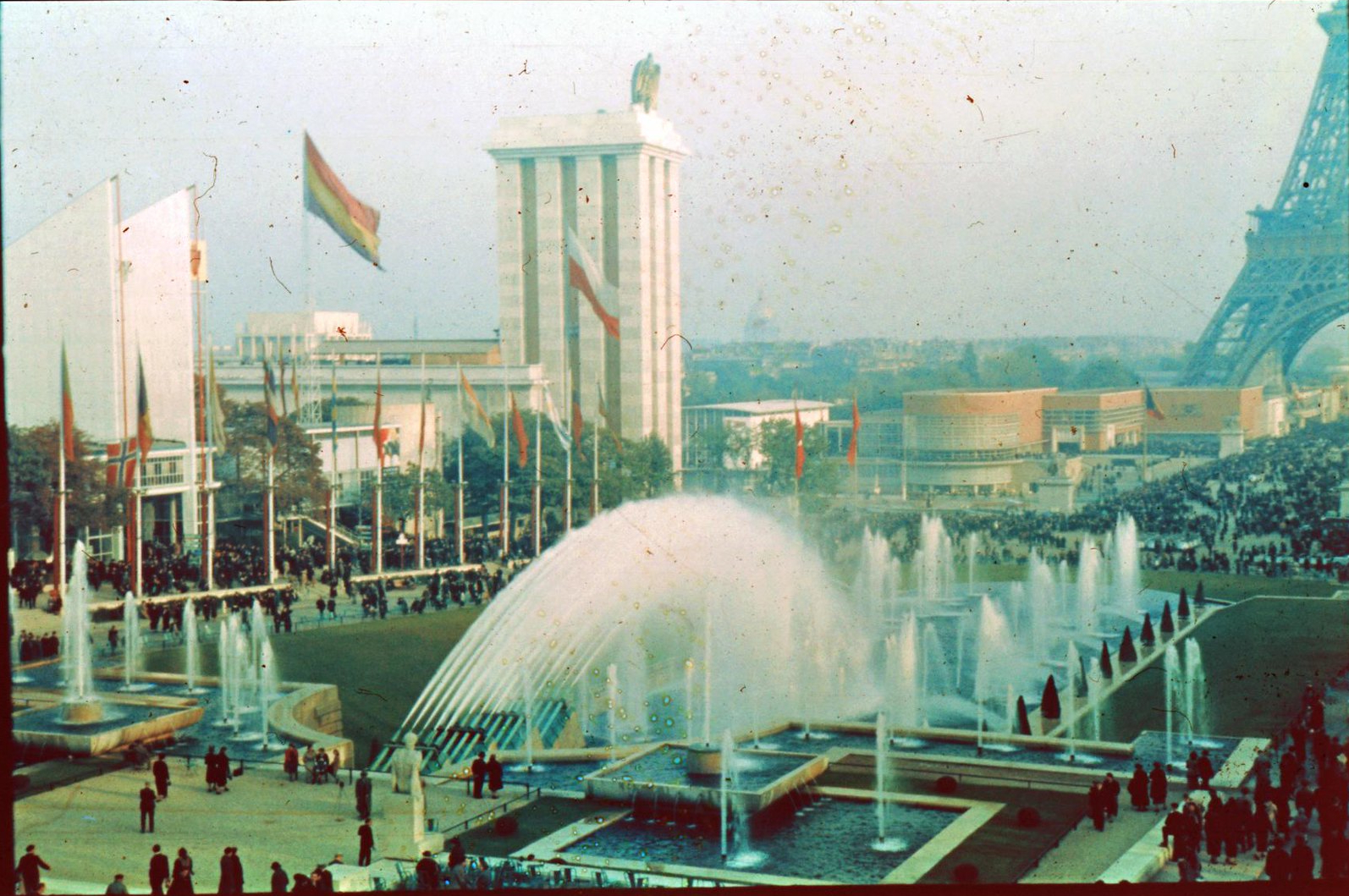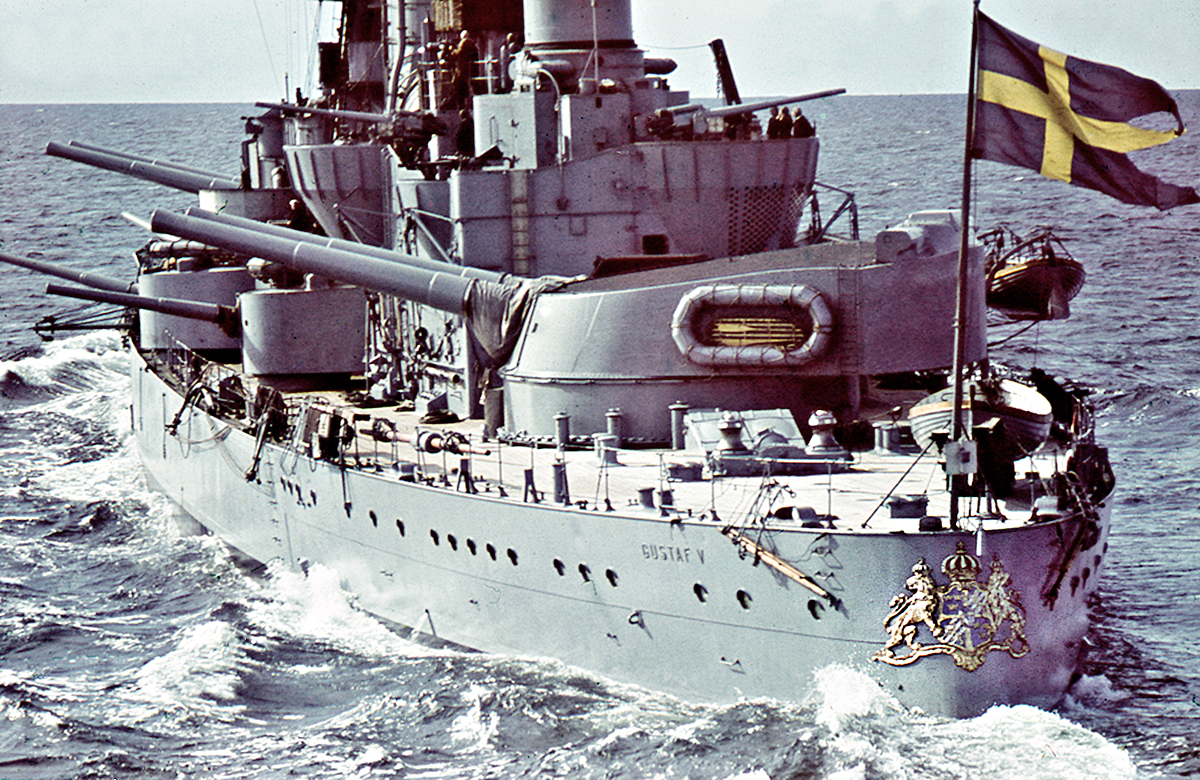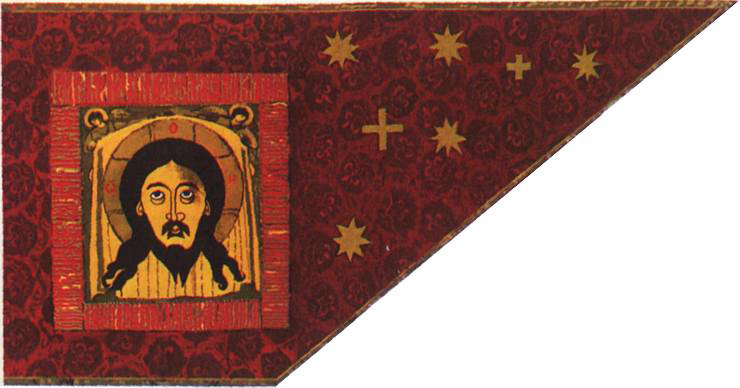|
Nicholas Alexander (ski Jumper)
Nicholas "Nick" Alexander (born 24 August 1988) is an American former ski jumper. who competed in the 2010 and 2014 Winter Olympics as a member of Team USA Career Early years He was born in Brattleboro, Vermont and lives in Lebanon, New Hampshire. Alexander learned to ski and ski jump from members of the Lebanon Outing Club at the Storrs Hill Ski area. He made his world cup debut in Kuusamo in 2009. He is a member of the U.S. Men's Ski Jumping Team and he is an Olympian who competed in the 2010 Winter Olympics. U.S. Nationals Alexander won the 2013 Men's U.S. National Ski Jumping Championship in Lake Placid, NY on the normal Olympic hill. He was second that same year in 2013 in the Men's U.S. National Ski Jumping Championship in Park City, UT on the large Olympic hill. He also won the 2009 Men's U.S. National Ski Jumping Championship in Lake Placid, NY, on the only hill jumped that year, the normal Olympic hill. 2010 season His best winter World Cup finish was 38th i ... [...More Info...] [...Related Items...] OR: [Wikipedia] [Google] [Baidu] |
Brattleboro, Vermont
Brattleboro (), originally Brattleborough, is a town in Windham County, Vermont, United States. The most populous municipality abutting Vermont's eastern border with New Hampshire, which is the Connecticut River, Brattleboro is located about north of the Massachusetts state line, at the confluence of Vermont's West River and the Connecticut. As of the 2020 Census, the population was 12,184. There are satellite campuses of two colleges in Brattleboro: Community College of Vermont, and Vermont Technical College. Located in Brattleboro are the New England Center for Circus Arts, Vermont Jazz Center, and the Brattleboro Retreat, a mental health and addictions hospital. History Indigenous people This place was called "Wantastiquet" by the Abenaki people, which meant "lost river", "river that leads to the west", or "river of the lonely way". The Abenaki would transit this area annually between their summer hunting grounds near Swanton, and their winter settlement near Northfield, ... [...More Info...] [...Related Items...] OR: [Wikipedia] [Google] [Baidu] |
Flag Of Norway
The national flag of Norway ( nb, Norges flagg; nn, Noregs flagg; ) is red with a navy blue Scandinavian cross fimbriated in white that extends to the edges of the flag; the vertical part of the cross is shifted to the hoist side in the style of the ''Dannebrog'', the flag of Denmark. History It is difficult to establish what the earliest flag of Norway looked like. During ancient times countries did not fly flags. Kings and other rulers flew flags, especially in battle. Saint Olav used a serpent within a white mark at the Battle of Nesjar. Prior to this the raven or dragon was used. Magnus the Good used the same mark as Saint Olav. Harald Hardrade used the raven banner. This flag was flown by various Viking chieftains and other Scandinavian rulers during the 9th, 10th, and 11th centuries AD. Inge used a red lion on gold. Sverre used an eagle in gold and red. The earliest known flag which could be described as a national flag of Norway is the one used today as the Roy ... [...More Info...] [...Related Items...] OR: [Wikipedia] [Google] [Baidu] |
American Male Ski Jumpers
American(s) may refer to: * American, something of, from, or related to the United States of America, commonly known as the "United States" or "America" ** Americans, citizens and nationals of the United States of America ** American ancestry, people who self-identify their ancestry as "American" ** American English, the set of varieties of the English language native to the United States ** Native Americans in the United States, indigenous peoples of the United States * American, something of, from, or related to the Americas, also known as "America" ** Indigenous peoples of the Americas * American (word), for analysis and history of the meanings in various contexts Organizations * American Airlines, U.S.-based airline headquartered in Fort Worth, Texas * American Athletic Conference, an American college athletic conference * American Recordings (record label), a record label previously known as Def American * American University, in Washington, D.C. Sports teams Soccer * ... [...More Info...] [...Related Items...] OR: [Wikipedia] [Google] [Baidu] |
Living People
Related categories * :Year of birth missing (living people) / :Year of birth unknown * :Date of birth missing (living people) / :Date of birth unknown * :Place of birth missing (living people) / :Place of birth unknown * :Year of death missing / :Year of death unknown * :Date of death missing / :Date of death unknown * :Place of death missing / :Place of death unknown * :Missing middle or first names See also * :Dead people * :Template:L, which generates this category or death years, and birth year and sort keys. : {{DEFAULTSORT:Living people 21st-century people People by status ... [...More Info...] [...Related Items...] OR: [Wikipedia] [Google] [Baidu] |
1988 Births
File:1988 Events Collage.png, From left, clockwise: The oil platform Piper Alpha explodes and collapses in the North Sea, killing 165 workers; The USS Vincennes (CG-49) mistakenly shoots down Iran Air Flight 655; Australia celebrates its Australian Bicentenary, Bicentennial on January 26; The 1988 Summer Olympics are held in Seoul, South Korea; Soviet Union, Soviet troops begin their Soviet-Afghan War, withdrawal from Afghanistan, which is completed the 1989, next year; The 1988 Armenian earthquake kills between 25,000-50,000 people; The 8888 Uprising in Myanmar, led by students, protests the Burma Socialist Programme Party; A bomb explodes on Pan Am Flight 103, causing the plane to crash down on the town of Lockerbie, Scotland- the event kills 270 people., 300x300px, thumb rect 0 0 200 200 Piper Alpha rect 200 0 400 200 Iran Air Flight 655 rect 400 0 600 200 Australian Bicentenary rect 0 200 300 400 Pan Am Flight 103 rect 300 200 600 400 1988 Summer Olympics rect 0 400 200 600 8888 ... [...More Info...] [...Related Items...] OR: [Wikipedia] [Google] [Baidu] |
Flag Of Kazakhstan
The flag of Kazakhstan or Kazakh flag ( kk, Қазақстан туы, ; russian: Флаг Казахстана, translit=Flag Kazakhstana) was adopted on 4 June 1992, replacing the flag of the Kazakh Soviet Socialist Republic. The flag was designed by Shaken Niyazbekov. Description The national flag of the Republic of Kazakhstan has a gold sun with 32 rays above a soaring golden steppe eagle, both centered on a turquoise background; the hoist side displays a national ornamental pattern called "koshkar-muiz" (the horns of the ram) in gold; the blue colour is of religious significance to the Turkic peoples of the country, and so symbolises cultural and ethnic unity; it also represents the endless sky as well as water; the sun, a source of life and energy, exemplifies wealth and plenitude; the sun's rays are shaped like grain, which is the basis of abundance and prosperity; the eagle has appeared on the flags of Kazakh tribes for centuries and represents freedom, power, and th ... [...More Info...] [...Related Items...] OR: [Wikipedia] [Google] [Baidu] |
Flag Of Sweden
The national flag of Sweden ( sv, Sveriges flagga) consists of a yellow or gold Nordic cross (i.e. a horizontal cross extending to the edges, with the crossbar closer to the hoist than the fly) on a field of light blue. The Nordic cross design traditionally represents Christianity. The design and colours of the Swedish flag are believed to have been inspired by the present coat of arms of Sweden of 1442, which is blue divided quarterly by a cross pattée of gold, and modelled on the Danish flag. Blue and yellow have been used as Swedish colours at least since Magnus III's royal coat of arms of 1275. Specifics Ratio and colour scheme The Swedish flag is one of only five that use the ratio 5:8, the others being Argentina, Guatemala, Palau, and Poland. It is one of only four flags that currently use the colour scheme of blue and yellow, the others being Kazakhstan, Palau, and Ukraine. State flag and civil ensign The dimensions of the Swedish flag are 5:2:9 horizontally and ... [...More Info...] [...Related Items...] OR: [Wikipedia] [Google] [Baidu] |
Flag Of Slovenia (bordered)
The national flag of Slovenia ( sl, zastava Slovenije) features three equal horizontal bands of white (top), blue, and red, with the coat of arms of Slovenia located in the upper hoist side of the flag centred in the white and blue bands. The coat of arms is a shield with the image of Mount Triglav, Slovenia's highest peak, in white against a blue background at the centre; beneath it are two wavy blue lines representing the Adriatic Sea and local rivers, and above it are three six-pointed golden stars arranged in an inverted triangle which are taken from the coat of arms of the Counts of Celje, the great Slovene dynastic house of the late 14th and early 15th centuries. The flag's colours are considered to be Pan-Slavic, but they actually come from the medieval coat of arms of the Duchy of Carniola, consisting of 3 stars, a mountain, and three colours (red, blue, yellow), crescent. The existing Slovene tricolour was raised for the first time in history during the Revolution of 1 ... [...More Info...] [...Related Items...] OR: [Wikipedia] [Google] [Baidu] |
Flag Of The Czech Republic (bordered)
The flag of the Czech Republic ( cs, státní vlajka České republiky) is the same as the flag of the former Czechoslovakia. Upon the dissolution of Czechoslovakia in December 1992, the Czech Republic kept the Czechoslovak flag while Slovakia adopted Flag of Slovakia, its own flag. The first flag of Czechoslovakia was based on the flag of Bohemia and was white over red. This was almost identical to the flag of Poland (only the proportion was different), so a blue triangle was added at the Hoist (flag), hoist in 1920. The flag was banned by the Nazi Germany, Nazis in 1939 as they established a Protectorate of Bohemia and Moravia, government nominally in control of Bohemia and Moravia, and a horizontal tricolour of white, red, and blue was used for the duration of the war. The 1920–1939 flag was restored in 1945. History The traditional colours of the Czech lands originated from an 1192 coat of arms (depicting a rampant lion with a double silver tail on a Field (heraldry), fi ... [...More Info...] [...Related Items...] OR: [Wikipedia] [Google] [Baidu] |
Flag Of Russia
The national flag of Russia (russian: Флаг России, Flag Rossii), also known as the ''State Flag of the Russian Federation'' (russian: Государственный флаг Российской Федерации, Gosudarstvenny flag Rossiyskoy Federatsii), is a tricolour (flag), tricolour flag consisting of three equal horizontal fields: white on the top, blue in the middle, and red on the bottom. The flag was first used as an ensign for Russian merchant ships in 1696. It remained in use until 1858, when the first official flag of the Russian Empire was decreed by Alexander II of Russia, Alexander II, which was a tricolour consisting of three horizontal fields: black on the top, yellow in the middle, and white on the bottom. A decree in 1896 reinstated the white, blue, and red tricolour as the official flag of the Russian Empire until the Revolution of 1917. Following the creation of the Russian Socialist Federative Soviet Republic after the October Revolution, Bo ... [...More Info...] [...Related Items...] OR: [Wikipedia] [Google] [Baidu] |
Flag Of Poland (bordered)
The national flag of Poland ( pl, flaga Polski) consists of two horizontal stripes of equal width, the upper one white and the lower one red. The two colours are defined in the Polish constitution as the national colours. A variant of the flag with the national coat of arms in the middle of the white fess is legally reserved for official use abroad and at sea. A similar flag with the addition of a white eagle is used as the naval ensign of Poland. White and red were officially adopted as national colours in 1831, although these were associated with Poland since the Middle Ages and were emphasized on royal banners. They are of heraldic origin and derive from the tinctures (colours) of the coats of arms of the two constituent nations of the Polish–Lithuanian Commonwealth (i.e., the White Eagle of Poland, and the Pursuer of the Grand Duchy of Lithuania, a white knight riding a white horse), both on a red shield. Until 1831, Polish soldiers wore cockades of various colour combin ... [...More Info...] [...Related Items...] OR: [Wikipedia] [Google] [Baidu] |
Flag Of Japan (bordered)
The national flag of Japan is a rectangular white banner bearing a crimson-red circle at its center. This flag is officially called the , but is more commonly known in Japan as the . It embodies the country's sobriquet: the Land of the Rising Sun. The ''Nisshoki'' flag is designated as the national flag in the Act on National Flag and Anthem, which was promulgated and became effective on 13 August 1999. Although no earlier legislation had specified a national flag, the sun-disc flag had already become the ''de facto'' national flag of Japan. Two proclamations issued in 1870 by the Daijō-kan, the governmental body of the early Meiji period, each had a provision for a design of the national flag. A sun-disc flag was adopted as the national flag for merchant ships under Proclamation No. 57 of Meiji 3 (issued on 27 February 1870), and as the national flag used by the Navy under Proclamation No. 651 of Meiji 3 (issued on 27 October 1870). Use of the ''Hinomaru'' was severely restr ... [...More Info...] [...Related Items...] OR: [Wikipedia] [Google] [Baidu] |







